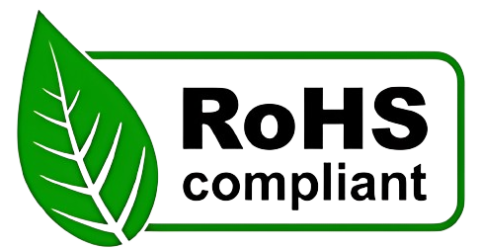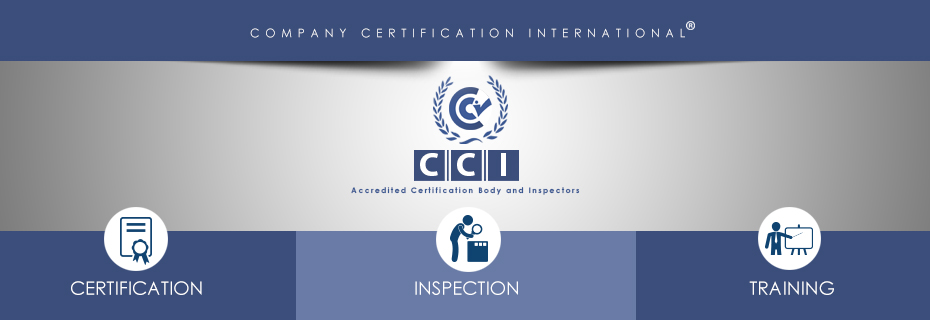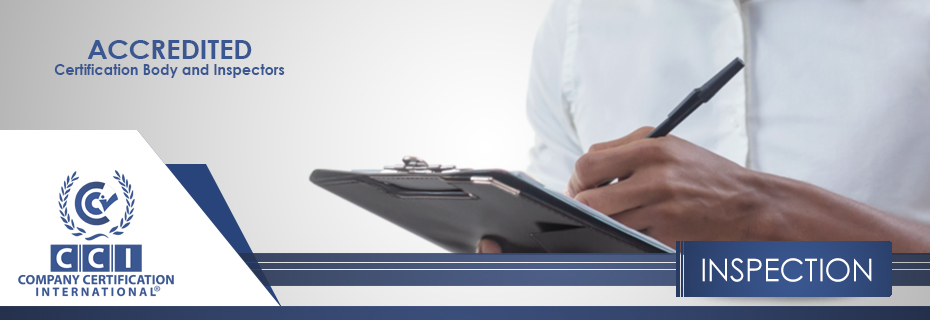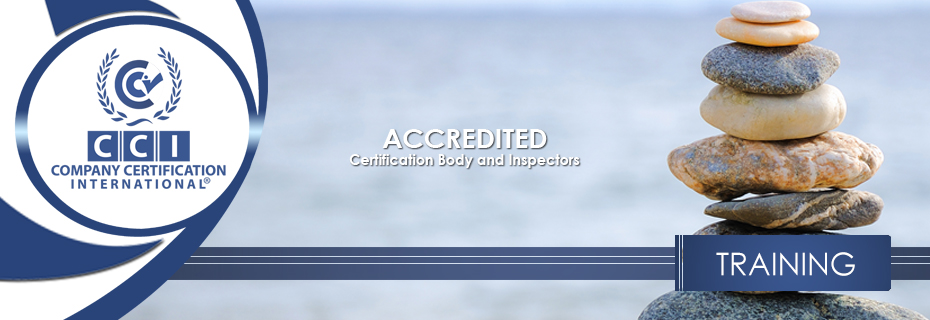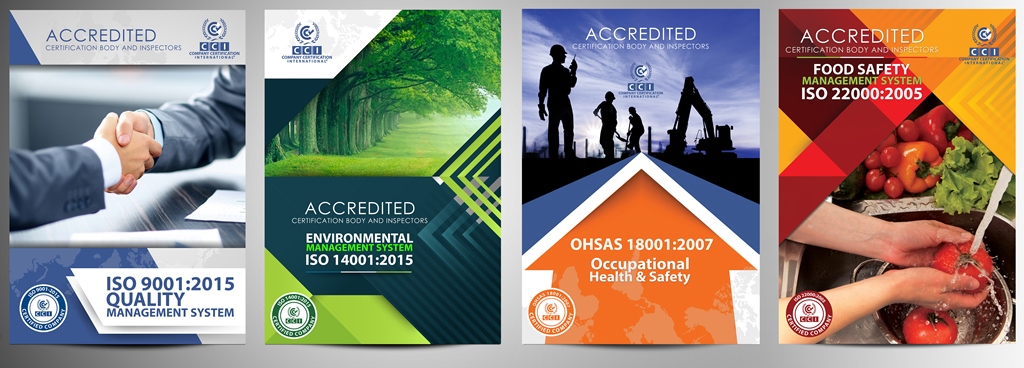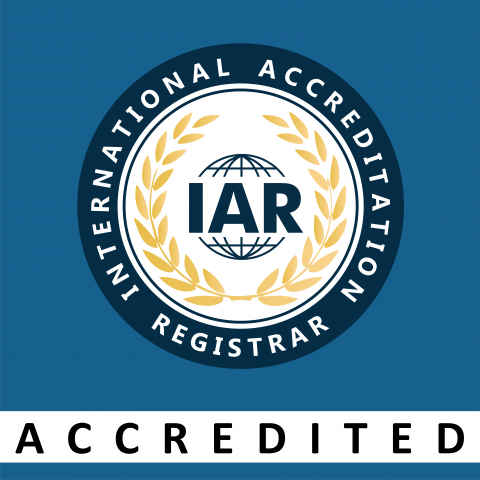RoHS Certification
WHAT IS RoHS?
RoHS stands for Restriction of Hazardous Substances, and impacts the entire electronics industry and many electrical products as well. The original RoHS, also known as Directive 2002/95/EC, originated in the European Union in 2002 and restricts the use of six hazardous materials found in electrical and electronic products. All applicable products in the EU market since July 1, 2006, must pass RoHS compliance.
Directive 2011/65/EU was published in 2011 by the EU, which is known as RoHS-Recast or RoHS 2. RoHS 2 includes a CE-marking directive, with RoHS compliance now being required for CE marking of products. RoHS 2 also added Categories 8 and 9, and has additional compliance recordkeeping requirements.
Directive 2015/863 is known as RoHS 3. RoHS 3 adds four additional restricted substances (phthalates) to the list of six.
What is RoHS Certification System Certificate?
The Rohs document is a document issued after the analysis to determine whether there are substances restricted for use in electrical and electronic devices and equipment and whether the amount is below the limit values if used. It is compulsory to obtain a RoHS certificate for some electrical and electronic devices that are in the environments where people live and cause some health problems due to contact with air, and electrical household appliances included in the white goods group. For example, the most used television devices in daily life consist of various components, plastic outer sheaths, and cables. The chemicals contained in these materials dry out with the heating and constantly interact with the air. Meanwhile, it spreads serious cancer-causing toxic particles into the air. These particles can easily enter the human body through respiration.
The RoHS Certification System, it is aimed to prevent this situation. In order for this document to be obtained, manufacturing companies are required to take samples from the finished products and intermediate parts used in production and have them tested, measured, and analyzed in an impartial, independent, and accredited laboratory. At the end of these studies, it is determined whether there are chemical substances that are declared in the relevant legal regulations and restricted to their use or whether the amount is below the limit values if used. If the results are positive, the RoHS certificate is issued to the manufacturer company and delivered.
With the implementation of the RoHS Certification System, Far East manufacturers have experienced serious problems. These countries had problems in exporting not only to the European Union countries but also to other countries. Because RoHS restrictions are now valid all over the world. All enterprises producing electrical and electronic equipment, including our country, have understood the importance of RoHS tests in order to be integrated with world markets.
Actually, it should not be ignored. The RoHS Certification System has not only enabled the production of products that are not dangerous for a healthy life, but also increased the quality of life in the places where these products are used, on the other hand, it has affected the lives of people in the places where they are produced. People no longer want to be poisoned while using an electrical product.
EU RoHS specifies maximum levels for the following 10 restricted substances. The first six applied to the original RoHS while the last four were added under RoHS 3, which took effect July 22, 2019.
- Cadmium (Cd): < 100 ppm
- Lead (Pb): < 1000 ppm
- Mercury (Hg): < 1000 ppm
- Hexavalent Chromium: (Cr VI) < 1000 ppm
- Polybrominated Biphenyls (PBB): < 1000 ppm
- Polybrominated Diphenyl Ethers (PBDE): < 1000 ppm
- Bis(2-Ethylhexyl) phthalate (DEHP): < 1000 ppm
- Benzyl butyl phthalate (BBP): < 1000 ppm
- Dibutyl phthalate (DBP): < 1000 ppm
- Diisobutyl phthalate (DIBP): < 1000 ppm
Related to RoHS is WEEE, which stands for Waste from Electrical and Electronic Equipment. WEEE Directive 2002/96/EC mandates the treatment, recovery, and recycling of electric and electronic equipment (90% ends up in landfills). All applicable products in the EU market must pass WEEE compliance and carry the "Wheelie Bin" sticker.
Note: We are not a testing lab nor the notified body of RoHS.
The Certification Process
Online gap analysis allows us to see the current
- quality benchmark within your organization,
- the finances required
- the time required for this project (System and Certification Fee)
Your Estimate will be shared with you in 24 hours.
Upon Estimate Approval the project starts:
- A client executive is assigned to your project
- Contact information is shared with you
- The Payment details are provided to you
All Support is delivered Online.
The Client Executive will provide the Documentation Templates and explain to you how to amend it.
You will be required to perform the following tasks:
- Identify your core or business processes.
- Amend documentation that meets your business needs. (Policy statements, objectives, manuals, work instructions, job descriptions, forms.)
- Encourage employees to be aware of the new documented system
- Review, approve, and distribute the documents to those who need access to the information.
- Ensure procedures are being performed as documented.
- Ensure employees are trained properly for the tasks they are performing.
- Create effective reporting systems.
- Monitor the effectiveness of your processes through the use of measurable data, where possible.
- Review and take action to improve in the areas required.
- Plan internal auditing activities.
- Submit your management system documentation for review to ensure it complies with the applicable standard.
- Prepare for review by an external auditor to confirm that the system’s requirements are being satisfied and that the management system is implemented effectively.
- Obtain ISO Certifcaiton
- This periodic on-site review is usually conducted annually.
- It ensures that the certified business continues to comply with Standard requirements, as confirmed during the Recertification Audit at the certification cycle's outset.
- Most are conducted remotely.
Refer to learn more about Types of Audits

